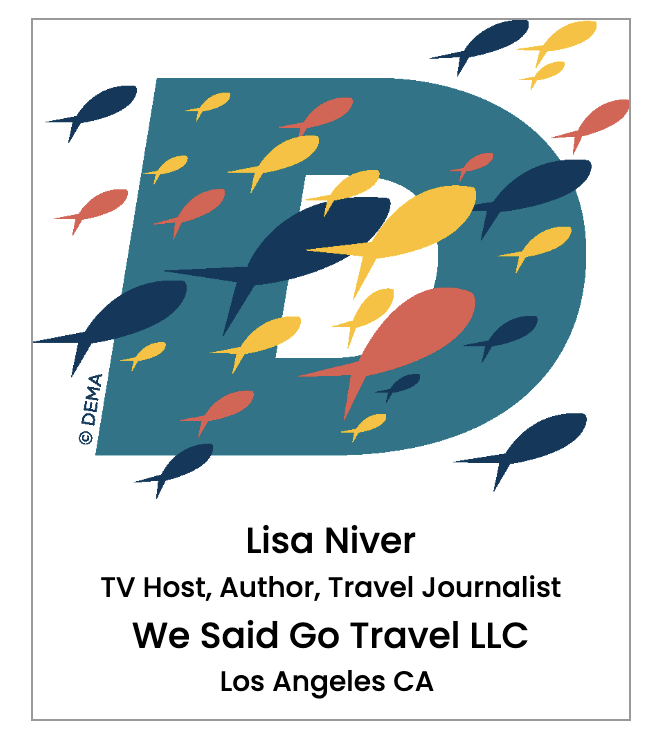
Jonathan Neumann issued a fierce battle cry against liberal Judaism last summer, inspiring no fewer than three articles in the Jewish Journal and a forum Feb. 5 at Sinai Temple. Reviewers disagreed strongly about Neumann’s book, “To Heal the World? How the Left Corrupts Judaism and Endangers Israel,” with conservatives praising it and liberals dismissing it. Everyone, however, seemed to accept the book’s premise, that tikkun olam, “repairing the world,” isn’t only overextended in liberal Judaism, but that its meaning of social justice is recent and thoroughly American.
But it’s this premise of Neumann’s book that is fundamentally wrong — and it is not only damning of his work but damaging to the goals Neumann believes in.
In fact, tikkun olam, or tikkun ha-olam to use the classical term, held meanings of economic justice and progress, long before it became the darling of American Jewish liberals. These meanings, going back centuries, reached their fullest flower in mid-19th century Zionism in Eastern Europe.
The two lions of tikkun ha-olam in pre-state Palestine were Rabbi Abraham Isaac Kook (1865-1935) and Rabbi Yehudah Ashlag (1885-1954). Both were deeply rooted in kabbalah and committed to translating it into everyday values. Rav Kook was the first Ashkenazi chief rabbi, who sought reconciliation between secular Zionism and the religious world, and who taught deep love for the land and all creatures. Rav Ashlag was the great translator of the “Zohar,” whose Sulam commentary is seen as indispensable by many traditional Jews.
Both are clear that tikkun ha-olam is a political goal and not just a spiritual one. Ashlag wrote, “It is not possible to fix the world (l’takein et ha-olam) in religious matters before securing for the world a tikkun of the economic system.” (“Building the Future Society”) Ashlag also wrote, “Every individual will understand that his good and the good of the community are one, and through this union the world will come into its full tikkun.” (“Peace in the World”) And Rav Kook wrote, “Any idea that is cut off from tikkun ha-olam and the ordering of society, and that floats in the spiritual air alone … is founded upon a lie that has no legs.” (“Orot Hakodesh”)
Ashlag was a devout promoter of religious socialism. What he meant by tikkun ha-olam is more radical than any liberal Jewish program. And Rav Kook’s soaring vision of the Jewish people’s mission is as universalist as any articulated: “The national mission of (the people) Israel, unique in the world … is not for the sake of itself, but for the sake of the general good … which cannot be built except through tikkun olam b’malkhut Shaddai (“repairing the world under the rule of God,” using words from Aleinu) … which brings in its wake every good humanitarian act, to light up the world with truth and peace.” (Eyn Ayah al Brakhot) Kook also rooted tikkun ha-olam in what we call ecology, writing that “the holiness of Nature herself … is the foundation of tikkun for the entire world.” (“Orot Hatechiyah”)
“Any fair-minded reader of the Jewish tradition would agree that social justice is a deep value in Judaism, even though the rubric of tikkun ha-olam may not embrace all of its possibilities. But how social justice or tikkun ha-olam should translate into state policy or national policy is an open question.”
The progressive Zionist culture Kook and Ashlag participated in was likely the major influence on Alexander Dushkin and Shlomo Bardin, two educators who brought socially engaged tikkun ha-olam from Israel to America. (Neumann mentions them both but seems unaware of their connections to Eretz Yisrael.)
Going back further, ancient and medieval sources where tikkun ha-olam also means social progress, invention, or the renewal of Nature or society, run the gamut from “Ecclesiastes Rabbah” (fifth century) to Bachya ibn Pakuda (11th century) and Maimonides (12th century) to the “Zohar.” Many connect tikkun ha-olam with the command to “love your neighbor as yourself,” providing a foundation for tikkun ha-olam’s modern meaning.
More recent examples, like the Malbim (a well-known Bible commentator) and Chaim Yudah Leib (a disciple of the Tzemach Tzedek), sound like the liberal version of tikkun ha-olam, long before it made its way to America. These authors, many of whom spent time in the center of humanistic culture that was Warsaw, could have impacted Kook and Ashlag.
One particularly resonant medieval text is found in “Sefer Hachinukh,” which explains that “not putting a stumbling block before the blind” is an expression of tikkun ha-olam, and that this means Jews may not sell weapons to non-Jews or to Jews who might resell them to criminals (section 232). In other words, tikkun ha-olam provides a basis for gun control!
I realize Neumann doesn’t know any of this. He drew his sources from the articles he cites without, it seems, doing more research. But the authors of those articles were not trying to undermine liberal Judaism, so they didn’t need to unearth every root of tikkun ha-olam. Instead, they were answering a simpler question: How did tikkun ha-olam reach the stature it has for contemporary Jewry?
However, if one is not just writing history but also trying to condemn and “demolish” one’s enemy, as Neumann is, you need a deeper level of introspection, and a high standard of proof. If not, it’s better to let “silence be a fence for wisdom.” (Pirkei Avot 3:13) It’s not possible to maintain the curiosity and openness you need for real research if you have such a big ax to grind.
I could go on and on with specific errors and examples of nastiness, but I don’t want to lose the forest for the trees. The reader has enough information about Rav Kook to judge Neumann’s discussion and extrapolate from there. But it seems wrong to blame Neumann, who is being egged on by a conservative Jewish establishment whose goal seems to have shifted from debating the left to destroying it. The blame properly lies with Neumann’s political and spiritual rebbes, who have encouraged him to see Jews he disagrees with as corrupt enemies.
People on the left and right, especially those learned in the tradition, already long intuited the problem with treating tikkun ha-olam as the root of all Judaism. No one needed Neumann to tell us this. It’s as if contemporary Jews are pulling on a single thread that holds together so much of Judaism’s fabric. When they pull so hard that the thread comes free of the weave, both thread and fabric are damaged.
At the same time, any fair-minded reader of tradition would agree that social justice is a deep Jewish value, even though the rubric of tikkun ha-olam may not embrace all its possibilities. But how social justice or tikkun ha-olam translates into state or national policy is an open question. It’s not all progressive roses, after all. “Sefer Habrit” (18th century) sees patent and copyright law as essential elements of tikkun ha-olam (77b-78a). “Sefer Hachinukh” also includes under tikkun ha-olam the rule that one may kill the “moser,” the government informant against Jews (section 243).
It should be no surprise that social justice and tikkun ha-olam as the Jewish tradition sees them do not always align with liberalism. That leaves enough room for open-minded conservatives and liberals to find common ground. As Rav Kook wrote, fixing the world is not just the community’s task but the mission of the Jewish people. How we achieve that mission, in our communal institutions and in the role we play in national policy, is a vital question that we must not lose sight of.
The solution — the tikkun — to this problem is not to tear out the thread of tikkun ha-olam but to reweave the loose thread back into the garment. By ripping out this thread, turning a real question into a screed, Neumann deprives his readers of one of the best hopes for reconnecting liberal Judaism to the State of Israel at a time when this becomes more and more difficult. Perhaps some folks on the right don’t want to make this connection. After all, the light shed by the humanistic, prophetic vision of society in early Zionism makes the Israel of today look very unwell. But we need that light, not just to connect Jews to Israel, but to connect Israel to its truest purpose. Doing anything less really does endanger Israel.
Rabbi David Seidenberg is the creator of neohasid.org and author of “Kabbalah and Ecology: God’s Image in the More-Than-Human World.” A former Los Angeles resident, he lives in Northampton, Mass., and teaches throughout the world.
































